Haiti 100 days after the quake
An unprecedented aid effort in Haiti has reached more than two million survivors in the first 100 days since 12 January’s devastating earthquake. Workers from aid agencies, the UN, government and ordinary Haitians pulled themselves out of the ruins of their homes and offices, buried their dead and started helping others. The initial bottlenecks in getting aid into the country by land, sea and air have been increasingly overcome with the trickle of aid arriving in the first weeks quickly turning into a torrent. Huge challenges remain with many survivors still living in very poor conditions as the rainy season intensifies into May and the hurricane season looms in June.
Emergency medical care for the 300,000 people estimated to have been injured in the quake has been delivered with Merlin and partners of the British Red Cross setting up field hospitals. Merlin has seen over 5,600 patients, performed almost 400 surgical operations and its mobile clinics are now reaching rural areas. Increasingly medical staff are dealing with more routine medical issues, such as helping women suffering complications in labour, and the Red Cross have played a central role in a vaccination campaign for children and adults which has so far reached half a million people.
The Red Cross, Save the Children and World Vision have played a significant role in identifying 767 unaccompanied children and seeking to reunite them with family members. Save the Children and World Vision have also set up child friendly spaces, which play host to many of the 58,000 children using such services each week. Along with CARE and partners of CAFOD these agencies have helped provide food to 3.5m people by distributing rice supplied by the UN. Concern is now also working with the UN to provide food to over 50,000 children and women who are pregnant or breast-feeding.
Help the Aged are supporting older people in existing institutions and by relocating residents from the partially ruined municipal care home in Port au Prince. ActionAid are also working with vulnerable groups including older people and pregnant women, as well as providing a wide range of other services.
Many DEC agencies have helped provide clean drinking which is now reaching 1.3m people on a regular basis with Oxfam and the Red Cross alone reaching hundreds of thousands. These agencies have also been central to efforts to provide over 5000 latrines but rapidly increasing this to 21,000 by July remains a huge challenge because of a lack of space in already overcrowded camps and the significant risk of flooding to conventional pit latrines.
The other enormous challenge facing the people in Haiti and those trying to help them is ensuring everyone has at least basic shelter as the rainy season intensifies in May. The Red Cross has led these efforts, with many other DEC members, ensuring 1.2m people have received heavy duty plastic sheeting or tents. Part of the reason DEC agencies have focused primarily on providing plastic sheeting rather than tents is the lack of space to pitch tents and the ability for families to keep using waterproof sheets as they improve their temporary shelter. Sadly, another reason for this decision is now coming into focus – most the tents distributed in Haiti are now leaking which means even more plastic sheeting is needed to help make them waterproof. Islamic Relief is running three large camps which it is seeking to improve by installing showers, drains and washing facilities. Conditions are very poor in many of the 1,325 other camps in which people are now living.
Christian Aid has worked particularly closely with local Haitian organisations to support their wide range of efforts covering food, water, shelter and household supplies. They are now working to support people to feed their families and earn a living through agriculture.
Tearfund have helped reopen 12 schools and where schools have reopened wider studies have shown that 75% of children quickly returning to class. These efforts are complicated not just by the damage to schools but also by the fact that many buildings have been used for emergency shelter.

